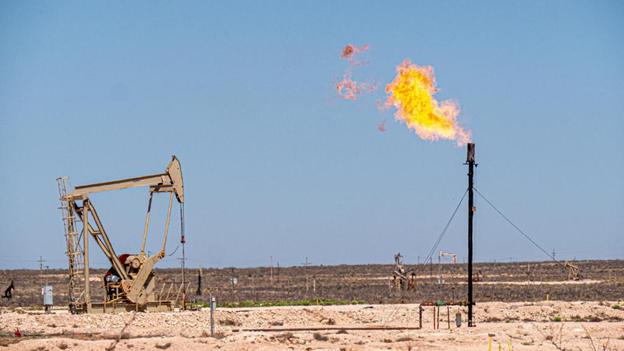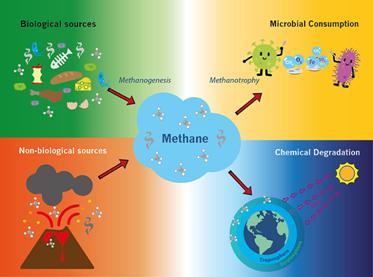Description

Copyright infringement not intended
Context: Methane emissions will likely increase by 13 per cent by 2030 without the Global Methane Pledge, said John Kerry, the United States Special Presidential Envoy for Climate.
Details:
- The US senator was citing an upcoming report by the United Nations Environment Programme during his speech at the Global Methane, Climate and Clean Air Forum 2022 being held in Washington, DC.
- The Global Methane Pledge, launched in 2021, aims to keep alive the 1.5 degrees Celsius goal.
- Over a 100 countries have committed to reducing global methane emissions by at least 30 per cent by 2030 from 2020 levels. This reduction could eliminate over 0.2˚C warming by 2050, the Pledge read.
- India, which is not a part of the Global Methane Pledge, is among the top five methane emitters globally. Most emissions can be traced back to agriculture.
- Methane and short-lived climate pollutants like hydrofluorocarbons stay in the Earth’s atmosphere for a few years, unlike carbon dioxide.
- Experts, however, warned that their potential to warm the atmosphere could be 80-1,500 times greater.
- Methane has contributed to about one-third of the current anthropogenic greenhouse gas-driven warming.
- A panel of scientists at the Global Methane, Climate and Clean Air Forum noted that mitigating methane and other short-lived climate pollutants is essential to achieving decarbonisation goals. It will enable further carbon dioxide removal, they added.
- The urgency in cutting methane emissions was also highlighted.
- Methane enters the atmosphere due to leaks in oil and gas industries, rearing livestock and the decomposition of waste in landfills.
- Currently, only 2 per cent of global climate finance goes to methane
- Though the Global Methane Pledge is considered a step in the right direction, some experts believe it is not ambitious enough.
- Global methane emissions in 2030, according to the Nature Geoscience editorial, can be reduced by 57 per cent using available strategies and technologies.
- This reduction can cause lower global warming by around 0.25°C in 2050 and 0.5°C by the end of the century, the editorial stated.

India stayed away from both the methane pledge and the forest conservation declaration at Glasgow:
- At the UN Climate Change Conference (the 26th Conference of Parties-COP26) in Glasgow, the United States and the European Union have jointly pledged to cut emissions of the greenhouse gas methane by 2030.
- At least 90 countries have signed the Global Methane Pledge, with India and China abstainingso far.
- Separately, 133 countries have signed a Glasgow Leaders’ Declaration on Forests and Land Use — a declaration initiated by the United Kingdom to “halt deforestation” and land degradation by 2030. China, too, is a signatory to this but India has stayed out.
Why is methane potent as a greenhouse gas?
- Methane accounts for about a fifth of global greenhouse gas (GHG) emissionsand is about 25 times as potent as carbon dioxide in trapping heat in the atmosphere.
- In the last two centuries, methane concentrations in the atmosphere have more than doubled, mainly due to human-related activities.
- Methane is short-lived, compared with carbon dioxide.
- Methane is emitted from a variety of anthropogenic (human-influenced) and natural sources.
- The human sourcesinclude landfills, oil and natural gas systems, agricultural activities as well as livestock rearing, coal mining, stationary and mobile combustion, wastewater treatment, and certain industrial processes.
- Sources of methane can be harnessed for energy and in principle reduce dependence on energy sources that emit high carbon dioxide.
Why hasn’t India signed the pledge?
- India is the third largest emitter of methane, primarily because of the size of its rural economy and by virtue of having the largest cattle population.
- India has stated earlier that it plans to deploy technology and capture methane that can be used as a source of energy.
- India’s approximately 20% anthropogenic methane emissions come from agriculture (manure management), coal mines, municipal solid waste, and natural gas and oil systems.
- To tap into this “potential,” the Ministry of New and Renewable Energy (MNRE) claims to have invested heavily in a national strategy to increase biogas productionand reduce methane emissions.
- The biogas strategy includes many policy initiatives, capacity-building, and public-private partnerships.

https://www.downtoearth.org.in/news/climate-change/methane-emission-to-rise-13-by-2030-without-global-pledge-claims-kerry-85179

















